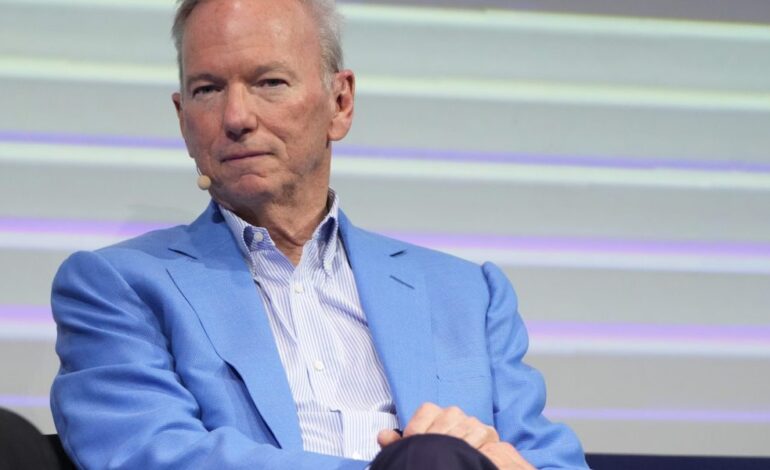
Eric Schmidt: AI Growth Limited by Electricity, Not Chips
Former Google CEO Eric Schmidt emphasizes that the true limit to AI expansion isn’t the capability of chips, but rather the availability and management of electricity. As AI technology advances, the demand for power becomes a pivotal factor. Schmidt’s insights put the spotlight on energy solutions as a critical path for AI’s future.
AI’s Growing Energy Demands
As AI technology continues its rapid pace of development, the energy consumption associated with running advanced AI systems is becoming a significant concern. Eric Schmidt asserts that electricity is poised to become the most critical bottleneck in AI expansion. Unlike digital chips, which experience dramatic increases in efficiency through improved designs and manufacturing advancements, electricity usage remains tethered to infrastructure constraints. Global data centers now require massive amounts of energy to sustain AI workloads, prompting a closer examination of sustainable energy practices and efficiency improvements.
Chips vs. Electricity: Where the Real Limit Lies
Contrary to popular belief that chip performance is the defining constraint for AI, Schmidt argues that the real limitation is embedded in the availability of electricity. While chip manufacturers have consistently developed more powerful processors capable of handling complex AI algorithms, the electrical demand has surged correspondingly. This evolution underscores the importance of addressing energy efficiency as a critical challenge. Organizations must prioritize renewable energy sources and innovative power management techniques to ensure that AI systems can operate sustainably and effectively without crashing under power constraints.
Adapting to Future AI Energy Needs
To address the looming energy demands, the tech industry must pivot toward robust energy-efficient solutions. Eric Schmidt advocates for investment in renewable energy technologies and smarter grid solutions to accommodate the burgeoning power needs of AI systems. Innovations in battery technology, energy-efficient cooling systems for data centers, and AI’s role in optimizing energy use all represent promising avenues for overcoming electricity’s limitations. As AI continues to permeate various sectors, building infrastructure that supports sustainable operation will be vital for ongoing innovation and scalability.
Conclusion
Eric Schmidt’s insights shed light on the crucial role of electricity in the future of AI. As AI’s reliance on power grows, stakeholders must prioritize sustainable practices and innovative energy solutions to facilitate growth. Understanding electricity’s limits is essential for AI’s continued advancement and integration into daily life.




